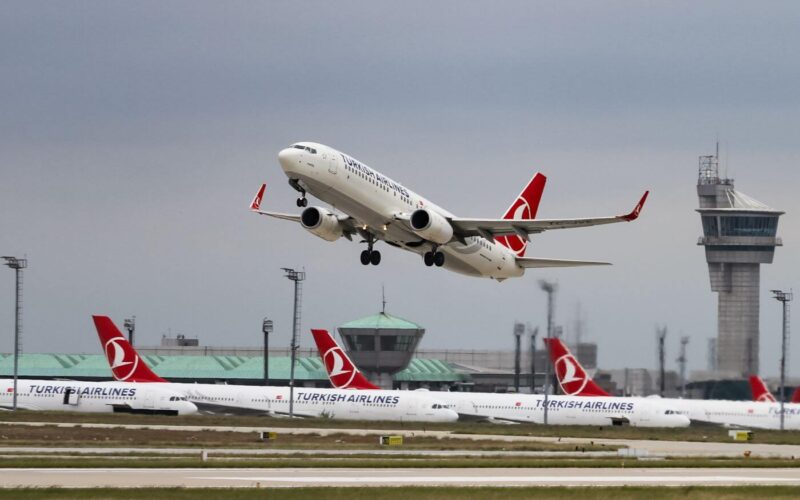Turkish Airlines has reshuffled its short-haul fleet plans and now expects fewer Airbus A321neos to arrive in 2020, bumping its Boeing 737-800s deliveries instead.
The latest narrow-body fleet expansion plans, revealed in the company’s third-quarter (as of September 30, 2019) financial results summary, indicates that the Turkish flag carrier currently expects 30 A321neo jets to be delivered by the end of 2020 – nine less than the previous projections in June 2019.
According to Airbus’ orders log through October 2019, the Turkish carrier already operates 10 A321neos and has another 82 on order from the manufacturer. The airline currently awaits delivery of another 15 jets of the type through 2019-2020.
Another 29 deliveries of the jet are planned for 2021, bringing the total amount to 59 A321neos to be inducted into the carrier’s fleet by end of 2021.
Meanwhile, Turkish Airlines has also revised its plans for the Boeing 737-800, hiking the number to 88 jets expected to be delivered by end of 2021, from the previous 75. However, two units will be retired in 2023, leaving the carrier with 86 of these jets by the end of that year.
The airline states it currently operates 76 737-800s. With these changes, Turkish Airlines’ overall 2020 narrow-body fleet will amount to 278 aircraft, up from 274 previously projected.
As for the 737 MAX, the Turkish carrier’s projections remain unchanged: given the expected resumption of MAX deliveries, the airline plans to introduce 38 737 MAX 8 jets and 10 737 MAX 9s by end of 2020. Another 15 MAX 8 deliveries are to follow in 2021.
By end of 2022, the carrier expects to have 65 MAX 8 jets in its fleet, whilst deliveries of the MAX 9 are scheduled through 2020. So far, the carrier has 11 MAX 8s in its fleet, having taken delivery of the jets before the global grounding of the type in March 2019.
Turkish Airlines’ single-aisle fleet is set to reach 355 jets by 2023, up from the 342 figure presented in the company’s quarter two financial results (as of June 30, 2019).

